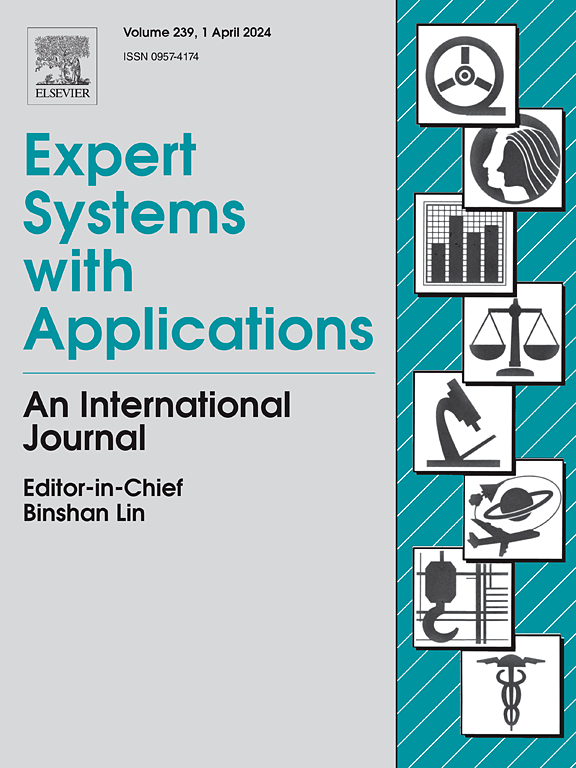Learning unified distance metric for heterogeneous attribute data clustering
IF 7.5
1区 计算机科学
Q1 COMPUTER SCIENCE, ARTIFICIAL INTELLIGENCE
引用次数: 0
Abstract
Datasets composed of numerical and categorical attributes (also called mixed data hereinafter) are common in real clustering tasks. Differing from numerical attributes that indicate tendencies between two concepts (e.g., high and low temperature) with their values in well-defined Euclidean distance space, categorical attribute values are different concepts (e.g., different occupations) embedded in an implicit space. Simultaneously exploiting these two very different types of information is an unavoidable but challenging problem, and most advanced attempts either encode the heterogeneous numerical and categorical attributes into one type, or define a unified metric for them for mixed data clustering, leaving their inherent connection unrevealed. This paper, therefore, studies the connection among any-type of attributes and proposes a novel Heterogeneous Attribute Reconstruction and Representation (HARR) learning paradigm accordingly for cluster analysis. The paradigm transforms heterogeneous attributes into a homogeneous status for distance metric learning, and integrates the learning with clustering to automatically adapt the metric to different clustering tasks. Differing from most existing works that directly adopt defined distance metrics or learn attribute weights to search clusters in a subspace. We propose to project the values of each attribute into unified learnable multiple spaces to more finely represent and learn the distance metric for categorical data. HARR is parameter-free, convergence-guaranteed, and can more effectively self-adapt to different sought number of clusters . Extensive experiments illustrate its superiority in terms of accuracy and efficiency.
求助全文
约1分钟内获得全文
求助全文
来源期刊

Expert Systems with Applications
工程技术-工程:电子与电气
CiteScore
13.80
自引率
10.60%
发文量
2045
审稿时长
8.7 months
期刊介绍:
Expert Systems With Applications is an international journal dedicated to the exchange of information on expert and intelligent systems used globally in industry, government, and universities. The journal emphasizes original papers covering the design, development, testing, implementation, and management of these systems, offering practical guidelines. It spans various sectors such as finance, engineering, marketing, law, project management, information management, medicine, and more. The journal also welcomes papers on multi-agent systems, knowledge management, neural networks, knowledge discovery, data mining, and other related areas, excluding applications to military/defense systems.
 求助内容:
求助内容: 应助结果提醒方式:
应助结果提醒方式:


